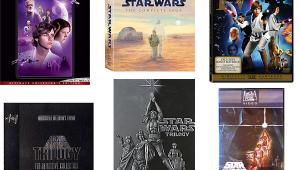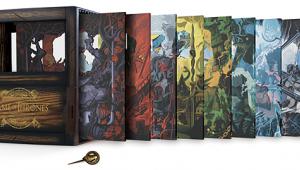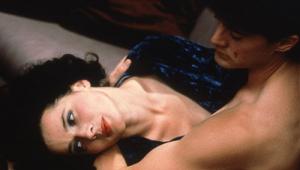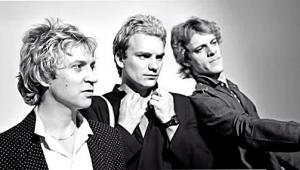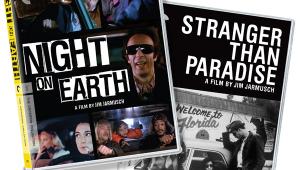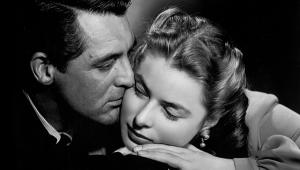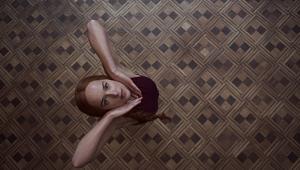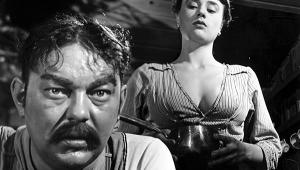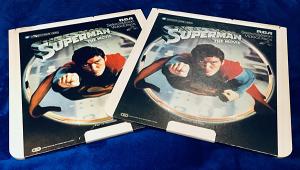The Doors DVD-As

What would Jim do? The Lizard King would surely feel "lost in a Roman wilderness of pain" if he could witness the endless repackaging of The Doors. Now comes yet another boxed set of the band's complete studio recordings: Perception (Elektra/Rhino). To me, the six 1967-71 albums are all five-star classics (well, maybe four-star for The Soft Parade). And considering the overall content, this box is the one to own, as each album is expanded to a CD+DVD - the remastered CD including bonus tracks, and the DVD offering not only videoclips and a photo gallery but a six-channel surround sound mix in high-rez DVD-Audio.
The set's audio/video extras average •••½, but the surround mixes vary widely, resulting in these ratings: The Doors (•½), Strange Days (••½), Waiting for the Sun (•••½), The Soft Parade (•••), Morrison Hotel (•••½), and L.A. Woman (•••, the same mix that was on the standalone DVD-A disc released in 2000). And I have a big caveat to share before you splurge on this 12-disc Perception (listed at $150): For some reason, mixer Bruce Botnick (the band's engineer as well as the coproducer of L.A. Woman) customarily puts Jim Morrison's lead vocals almost exclusively in the center channel, isolating him from the music. It sounds like our Lizard King is trapped in a box, which is contrary to the aura of liberation at the core of the Doors' music.
Moreover, the use of the surround field is generally unambitious, with certain prominent exceptions - such as the apportioning of The Soft Parade's horns and strings to the rear. Mostly, the surround channels serve to faintly echo the music of the left and right front, with a bit of percussion or an instrumental part placed back there as well. In truth, these six-channel mixes are more three-channel, usually with Ray Manzarek's keyboards in the left front, Robby Krieger's guitar in the right front, Morrison in the center, and John Densmore's drums partitioned among them. In most cases, I prefer the DVD-A's accompanying high-rez stereo mix, as it offers a truer picture of the music.
Whereas five of the albums have at least a semblance of surround, the multichannel mix of the self-titled debut is virtually worthless. My scratched-up vinyl mono copy sounds bolder and punchier. Moreover, the restoration of Morrison's censored vocal on "Break On Through (To the Other Side)," with him repeatedly singing "she gets high," is jarring, as it's not how we've heard the track for the past 40 years. The box has several of these song-altering anomalies - designated "little gems" by Botnick - and they would have made better bonus tracks.
If and when each CD+DVD twofer is issued separately, start with Waiting for the Sun and Morrison Hotel, which have the most radical (and therefore most intriguing) mixes. On Sun, for example, you can hear the marchers in "The Unknown Soldier" move across the sound field (a neat effect). The chain-gang chant and percussion of "My Wild Love," distributed equally among the channels, make the song sound entirely new. On Hotel, the extreme instrumental separation gives "The Spy" a fresh clarity and complexion. And "Land Ho!" has added depth and texture, with Krieger's solo blaring out of the right surround channel.
Those two albums also have the best bonus tracks, including Sun's "Albinoni's Adagio in G Minor" (begun in 1968, finished in 1999) and Hotel's 45 minutes of "Roadhouse Blues" outtakes and more. The video material on Perception is mostly rehashed from familiar DVDs. Still, the grainy footage of a "Crawling King Snake" rehearsal at the L.A. Woman sessions (which wasn't on the old DVD-A disc) is worth a look. And the captivating live version of "The End" from Canadian TV almost redeems the debut's flawed appearance here.
more of this month's reviews Back to Homepage What's New on S&V
- Log in or register to post comments


